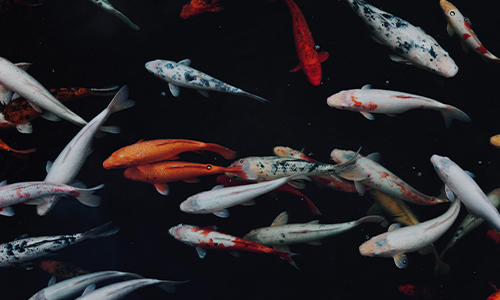Three Chinese astronauts, or taikonauts, arrived at China’s space station aboard the Shenzhou-12 mission in mid-June. During the three-month stay, they will perform two extravehicular activities (EVAs) for assembling and installing.
Spacesuits for EVAs are just like small spacecraft, defending astronauts against the threats from extreme low temperatures and radiation in outer space.
China has made several upgrades to the spacesuits for the ongoing space mission, including improvements in the structure and service life, to ensure absolutely safe working conditions.
One of the most significant advances is the extension of function time in outer space, Nie Haisheng, commander of the three-man crew, told China Media Group (CMG) before the Shenzhou-12 mission.
“They [the old spacesuits] could function for four hours. The duration increased to 7-8 hours for the new ones,” said Nie, adding that the new version of spacesuits is also more flexible.
“There are some electronic equipment such as cameras added to the suits, which are helpful for us to complete tasks,” he said.
“It’s more comfortable than before,” said Shenzhou-12 taikonaut Liu Boming, who also participated in the Shenzhou-7 mission in 2008.
“Extravehicular crawling used to be very hard, we had to spend most of our strength on it,” Liu told CMG, adding that the new suits could make their EVAs easier and more efficient.
Recent Posts
- The Solar System is positively lousy with magnetic fields. They drape around (most of) the planets and their moons, which interact with the system-wide magnetic field swirling out from the Sun.
- Pregnant people cannot register for a Covid-19 vaccine prior to 14 weeks’ gestation.
- Mikel Arteta was not consulted over Arsenal’s decision to appear Amazon’s All or Nothing documentary this season
- Singapore should embrace openness and equip the people with the experience and skills to succeed, said Mr Heng.. Read more at straitstimes.com.
- Down on an atomic level, glass is a jumbled mess of atoms, which makes it easily prone to distortion and cracking. Now, chemists have discovered how to arrange the atoms within glass in such a way, the resulting material can even rival the strength o

